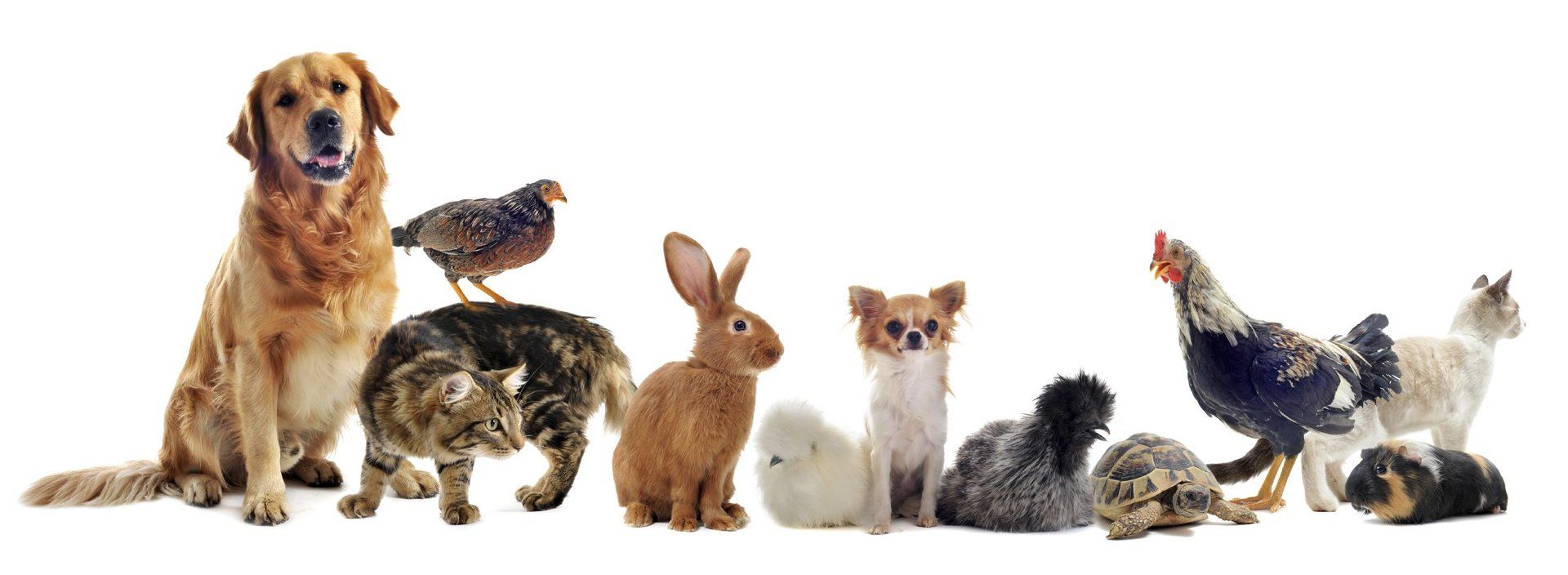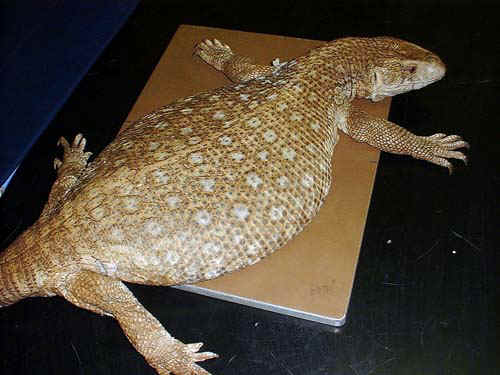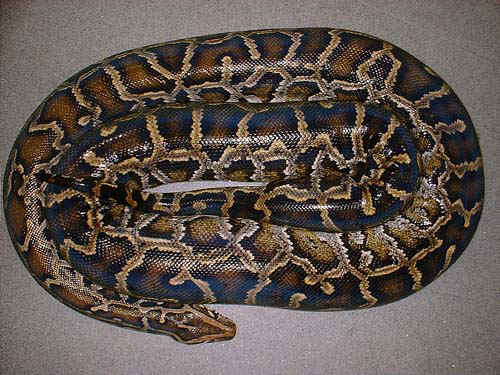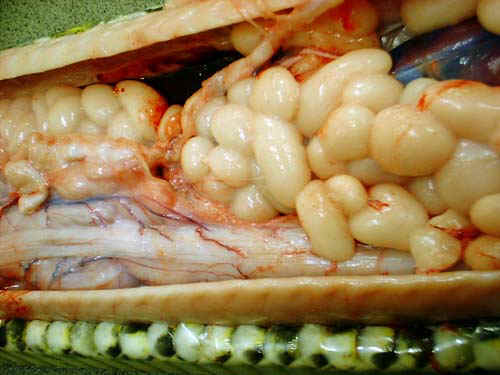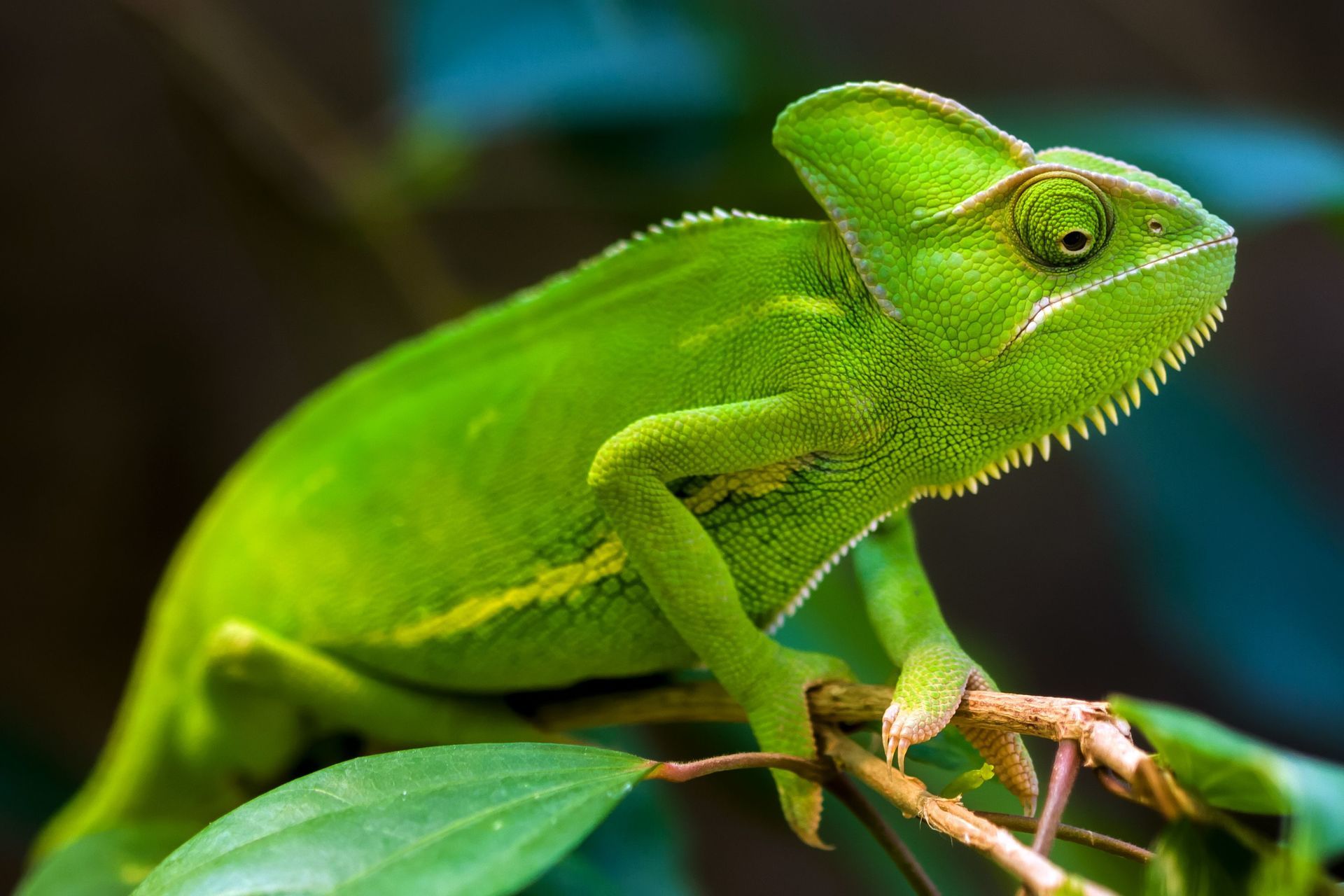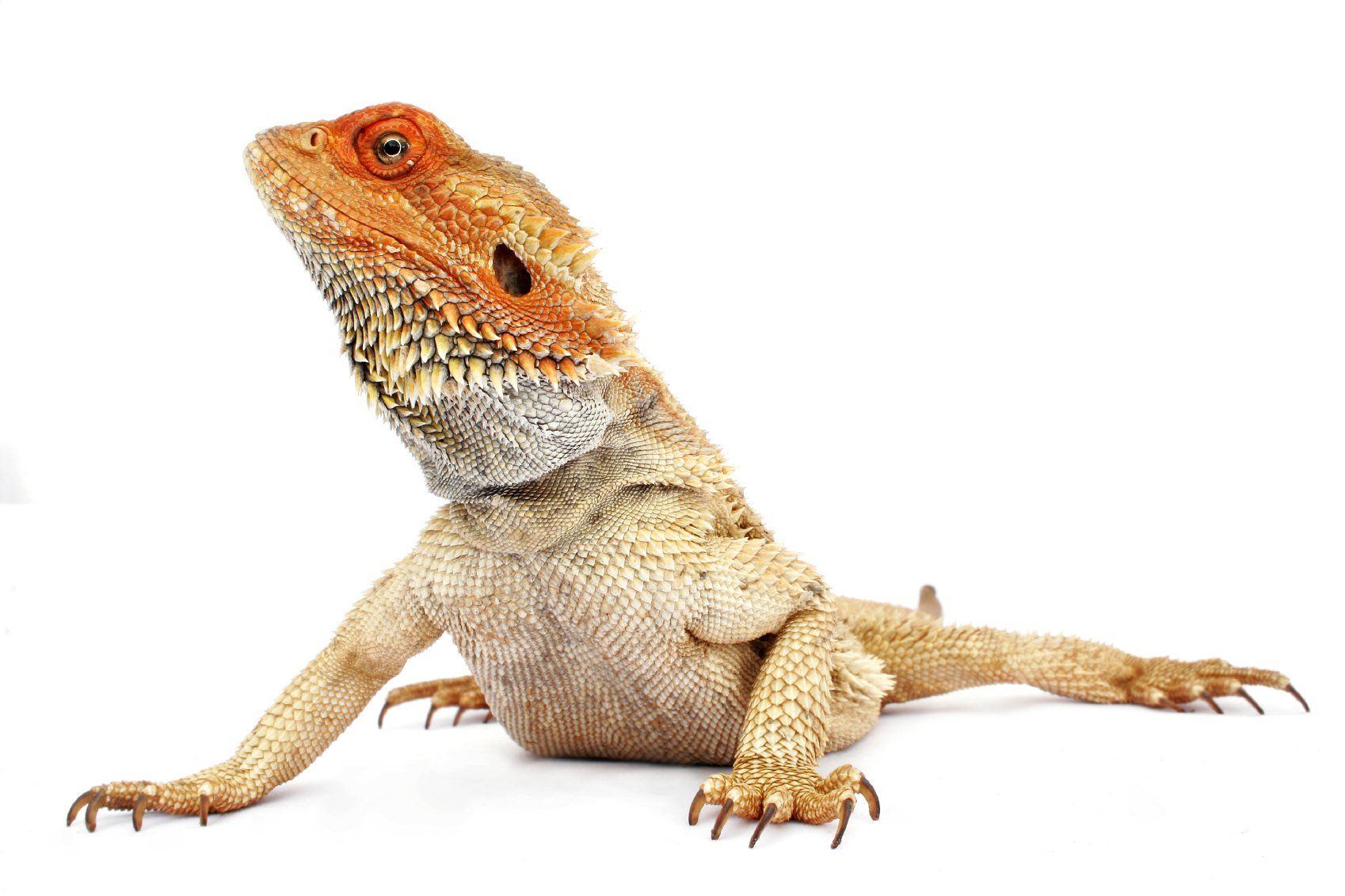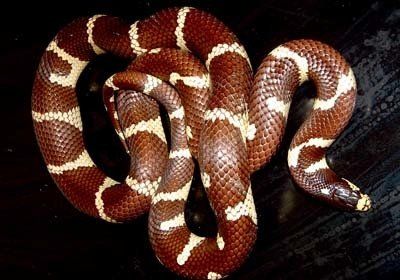Environment
Skin problems
Respiratory
Reproductive
Gastro
Lumps & Bumps
Anaesthesia & Surgery
Trauma
NUTRITION
Dietary requirements can be fully researched on the internet.
The most frequent nutritional problems are described below
METABOLIC BONE DISEASE
This problem is most frequently seen in diurnal lizards such as green iguanas, water dragons and bearded dragons but can also be seen in nocturnal lizards and chelonians.
There are 2 factors predisposing reptiles to this problem. Firstly, most feedstuffs that we use come from intensive agriculture where plants are heavily fertilized with phosphates. This leads to many foodstuffs being relatively phosphate rich and calcium poor- the opposite of the mineral balance required by reptiles. The second problem in diurnal reptiles is the relatively poor levels of UV light from artificial sources. UV light in diurnal reptiles is needed to manufacture vitamin D3 which is essential for proper bone calcification.
Animals present with a variety of complaints from general lethargy and poor appetite to skeletal deformities and fractures. During examination, the bones can frequently be felt to be soft and plastic, especially the limb and jaw bones. Tortoises may present with very soft shells. Diagnosis is most simply achieved by Xrays.
Bearded dragon with MBD. Note the distal limb bones are invisible and the pathological fracture
(NB, Both Xrays were taken on the same exposure settings)
Treatment is with Calcium and Vit D supplements, correction of dietary deficiencies and UV provision. Fractures are treated by immobilisation of fractured bones.
Prevention is by:
Dusting of ALL food with a Calcium powder. Once a week this should be replaced with a REPTILE mineral and multivitamin powder.
OBESITY
Obesity is a problem seen most often in snakes and carnivorous lizards. In the wild, these animals expend a lot of energy in hunting but in the captive environment a lack of this activity contributes towards obesity. In addition, laboratory rats, often used as food sources tend to have a very high fat content.
Obese reptiles tend to suffer from liver, digestive and heart complaints.
Monitor lizard- this is supposed to be a mean lean hunting machine.
An obese burmese python that died of heart failure
Post mortem picture of the Burmese Python body cavity full of fat deposits
HERBIVORE REPTILES
This includes commonly kept reptiles such as the Mediterranean tortoises and the green iguana. It is important to feed herbivorous reptiles on the correct diet, a rich variety is important based on green leafy material, 80% of the diet should be green leaves. A good weedy garden lawn is ideal. Only about 20% should be diced/shredded vegetables and fruit only in small quantities as an occasional treat.
These animals cannot cope with high protein in the diet and should never be given animal protein.
Excess of dietary protein in the diets of these animals results in the kidneys becoming clogged with excess uric acid and ultimately to kidney failure with uric acid becoming deposited all over the body (visceral gout).
Dietary requirements can be fully researched on the internet.
The most frequent nutritional problems are described below
METABOLIC BONE DISEASE
This problem is most frequently seen in diurnal lizards such as green iguanas, water dragons and bearded dragons but can also be seen in nocturnal lizards and chelonians.
There are 2 factors predisposing reptiles to this problem. Firstly, most feedstuffs that we use come from intensive agriculture where plants are heavily fertilized with phosphates. This leads to many foodstuffs being relatively phosphate rich and calcium poor- the opposite of the mineral balance required by reptiles. The second problem in diurnal reptiles is the relatively poor levels of UV light from artificial sources. UV light in diurnal reptiles is needed to manufacture vitamin D3 which is essential for proper bone calcification.
Animals present with a variety of complaints from general lethargy and poor appetite to skeletal deformities and fractures. During examination, the bones can frequently be felt to be soft and plastic, especially the limb and jaw bones. Tortoises may present with very soft shells. Diagnosis is most simply achieved by Xrays.
Bearded dragon with normal skeleton density
Bearded dragon with MBD. Note the distal limb bones are invisible and the pathological fracture
Treatment is with Calcium and Vit D supplements, correction of dietary deficiencies and UV provision. Fractures are treated by immobilisation of fractured bones.
Prevention is by:
Dusting of ALL food with a Calcium powder. Once a week this should be replaced with a REPTILE mineral and multivitamin powder.
Provision of adequate UV in species requiring it.
Obesity is a problem seen most often in snakes and carnivorous lizards. In the wild, these animals expend a lot of energy in hunting but in the captive environment a lack of this activity contributes towards obesity. In addition, laboratory rats, often used as food sources tend to have a very high fat content.
Obese reptiles tend to suffer from liver, digestive and heart complaints.
The solution is to feed leaner, less nutritious prey items such as mice and gerbils and try to provide enough space and opportunity for exercise.
Post mortem picture of the Burmese Python body cavity full of fat deposits
This includes commonly kept reptiles such as the Mediterranean tortoises and the green iguana. It is important to feed herbivorous reptiles on the correct diet, a rich variety is important based on green leafy material, 80% of the diet should be green leaves. A good weedy garden lawn is ideal. Only about 20% should be diced/shredded vegetables and fruit only in small quantities as an occasional treat.
These animals cannot cope with high protein in the diet and should never be given animal protein.
Excess of dietary protein in the diets of these animals results in the kidneys becoming clogged with excess uric acid and ultimately to kidney failure with uric acid becoming deposited all over the body (visceral gout).
